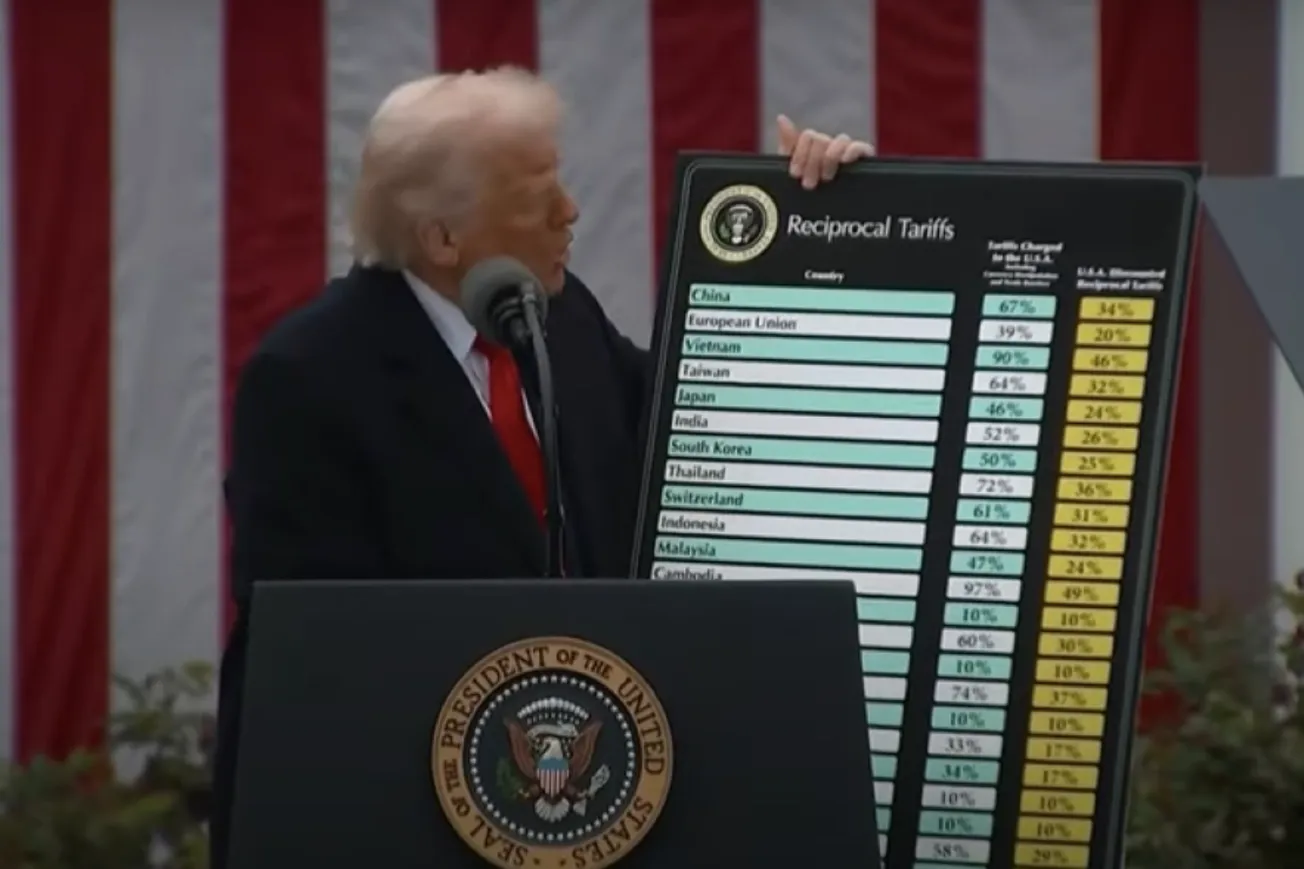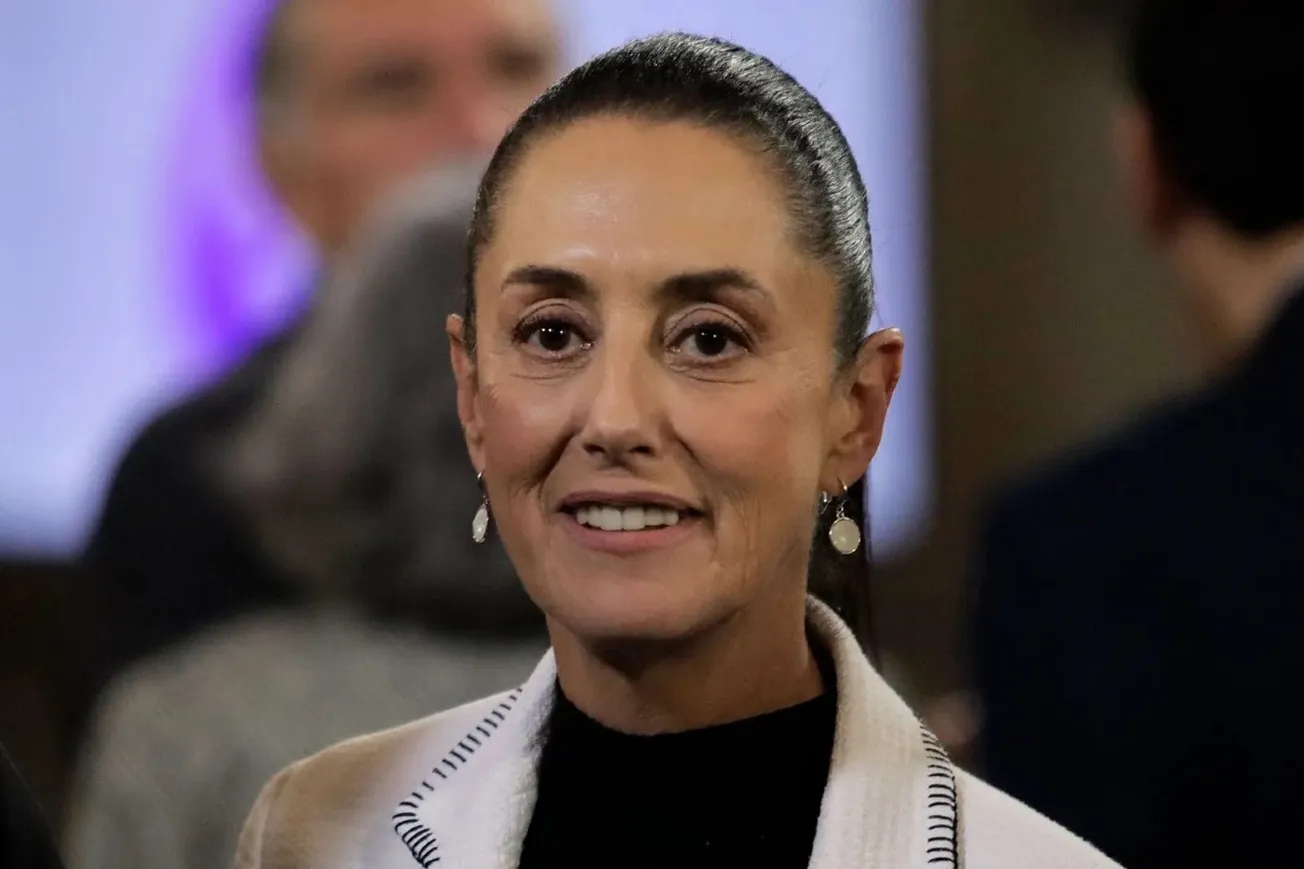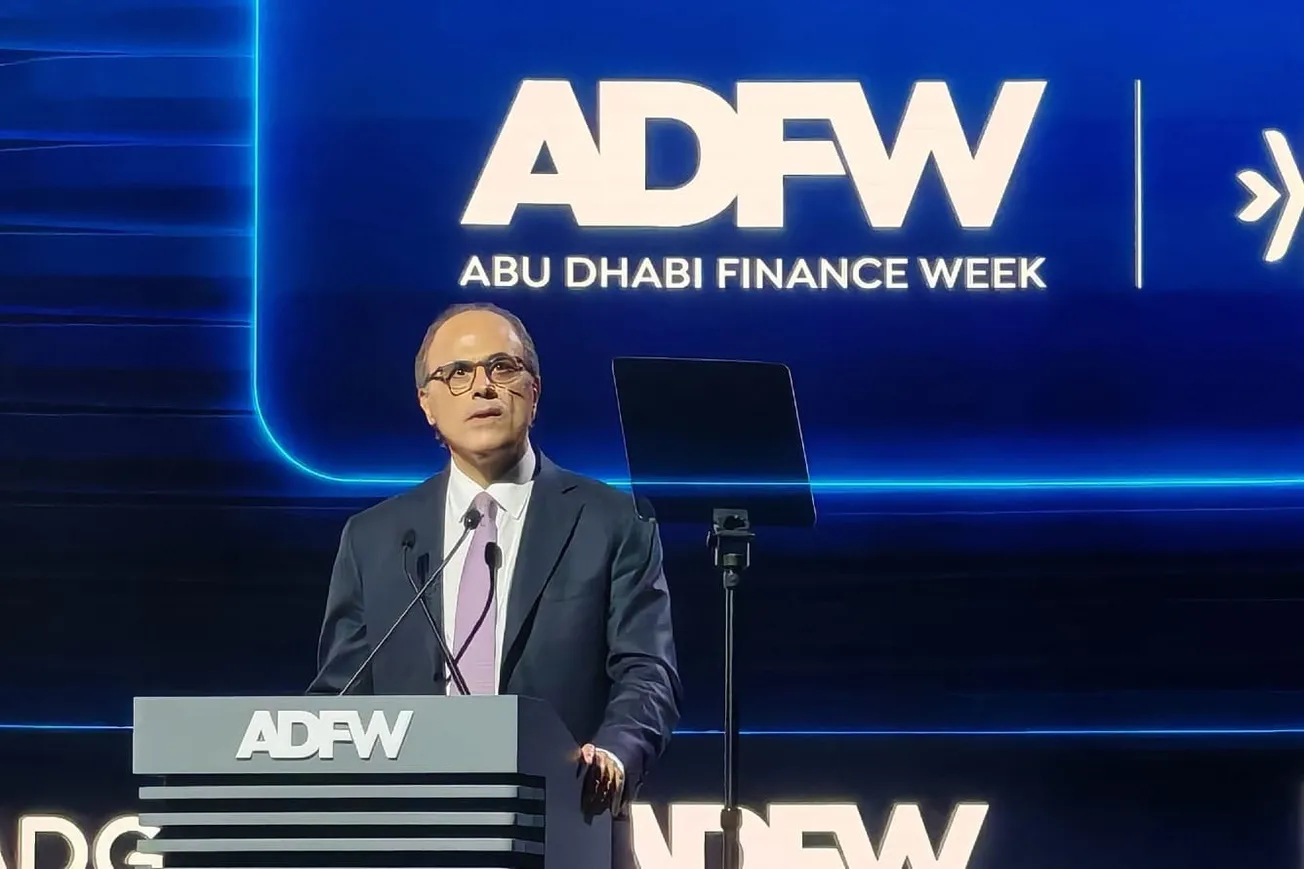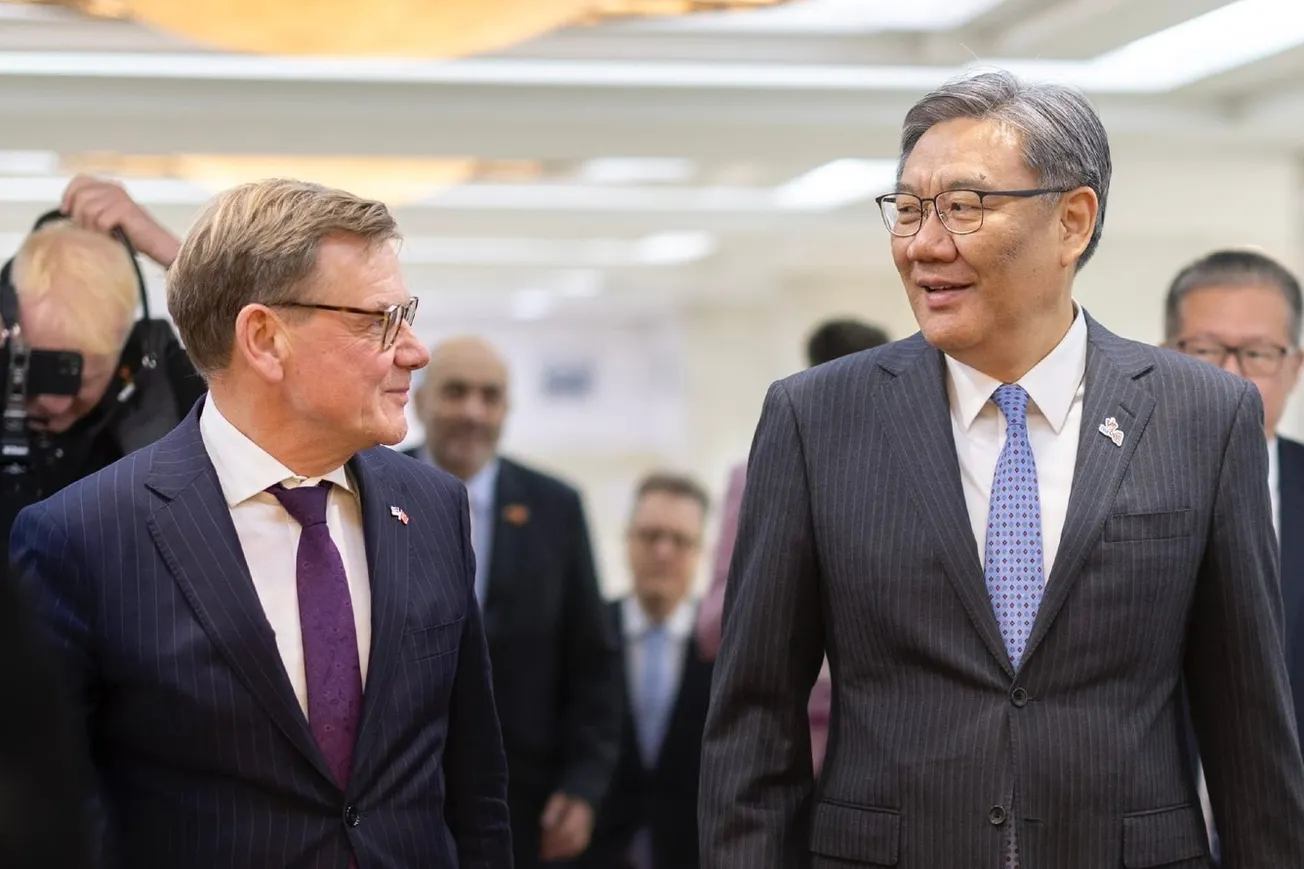By Issues & Insights Editorial Board | April 03, 2025
April 2nd, 2025, will go down as one of the most important days in modern American history.” — White House Press Secretary Karoline Leavitt.
We have no doubt that Leavitt’s prediction will come true. Whether it’s remembered for being a success or as Smoot-Hawley 2.0 remains to be seen.
“It is going to work,” Leavitt said. “And the president has a brilliant team of advisers who have been studying these issues for decades.”
That’s a bit of an odd boast, given that the economists who have been studying tariffs and trade policy for decades had long ago decided that tariffs are a sledgehammer approach that rarely work as intended, that they are a wildly expensive way to create jobs, don’t spur economic growth, protect uncompetitive U.S. firms, and are an ineffective diplomatic tool.
National Review recently published an article tracing papers from the Heritage Foundation going back to the early 1980s arguing for the benefits of free trade. The article is meant as a criticism of Heritage President Kevin Roberts’ recent defense of Trump’s tariff strategy.
But a separate article in National Review also admits that other countries routinely impose far higher tariffs on U.S. goods than our country levies on their exports into American markets. “In some places, our companies are paying a significantly higher rate to sell our goods there than they pay to sell their goods here. That does seem at least a little unfair, doesn’t it?” writes never-Trumper Jim Geraghty.
Geraghty also admits that some countries were lowering their trade barriers in anticipation of Trump’s reciprocal tariffs: “The European Union is identifying concessions it’s willing to make to Donald Trump’s administration to secure the partial removal of the U.S. tariffs that have already started hitting the bloc’s exports and that are set to increase after April 2.”
But what is Trump’s ultimate goal? On the one hand, he says he wants only to level the playing field between industrial nations. That’s what all those free trade agreements that conservatives long championed were supposed to do, but have not succeeded, according to Trump.
“Trading partners have repeatedly blocked multilateral and plurilateral solutions, including in the context of new rounds of tariff negotiations and efforts to discipline non-tariff barriers,” Trump writes in his executive order. “At the same time, with the U.S. economy disproportionately open to imports, U.S. trading partners have had few incentives to provide reciprocal treatment to U.S. exports in the context of bilateral trade negotiations.”
If Trump’s approach works better than all those trade deals at bringing down other nations’ tariffs, who can complain? Certainly not free traders.
On the other hand, Trump keeps saying things such as raising “trillions and trillions of dollars” from tariffs “to reduce our taxes and pay down our national debt,” and that up until 1913, the federal government largely depended on tariffs as a source of revenue.
Trump also argues that “jobs and factories will come roaring back into our country” as companies try to avoid tariffs by reshoring production work. “We will supercharge our domestic industrial base.” His plan also includes a 10% across-the-board tariff on imports.
All of which suggests that Trump wants to build a large and permanent tariff wall around the country. We are hard-pressed to believe that will work, but Trump has proved us wrong before.
For the sake of the country, we hope Trump’s liberation day is remembered in future history books … and for all the right reasons. And if that’s the case, it will be seen as another remarkable odds-defying achievement for the 45th and 47th president.
Issues & Insights was founded by seasoned journalists of the IBD Editorials page. Our mission is to provide timely, fact-based reporting and deeply informed analysis on the news of the day – without fear or favor.
Original article link









